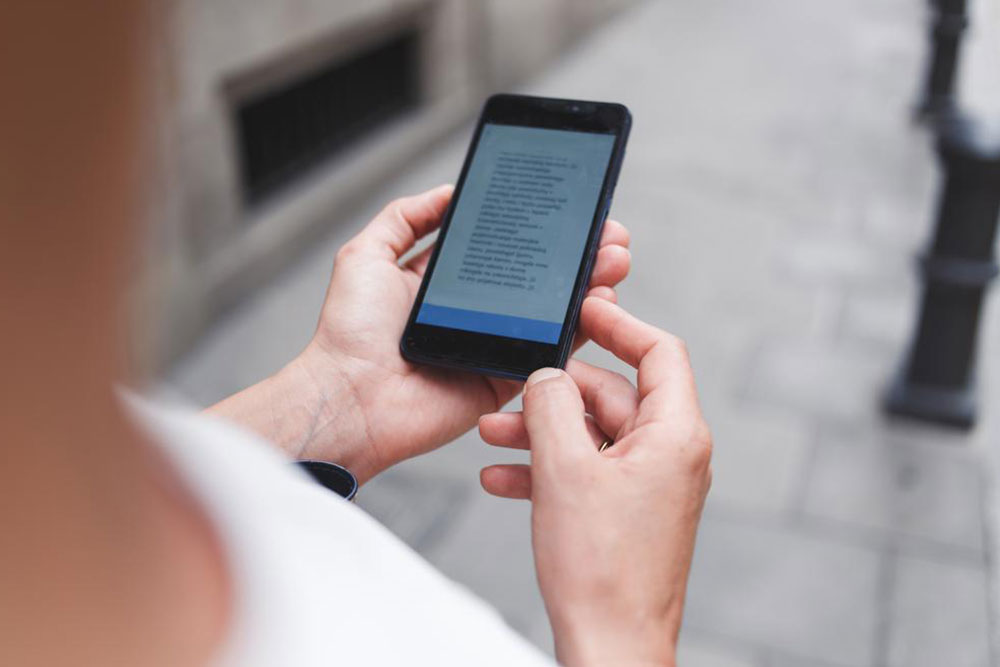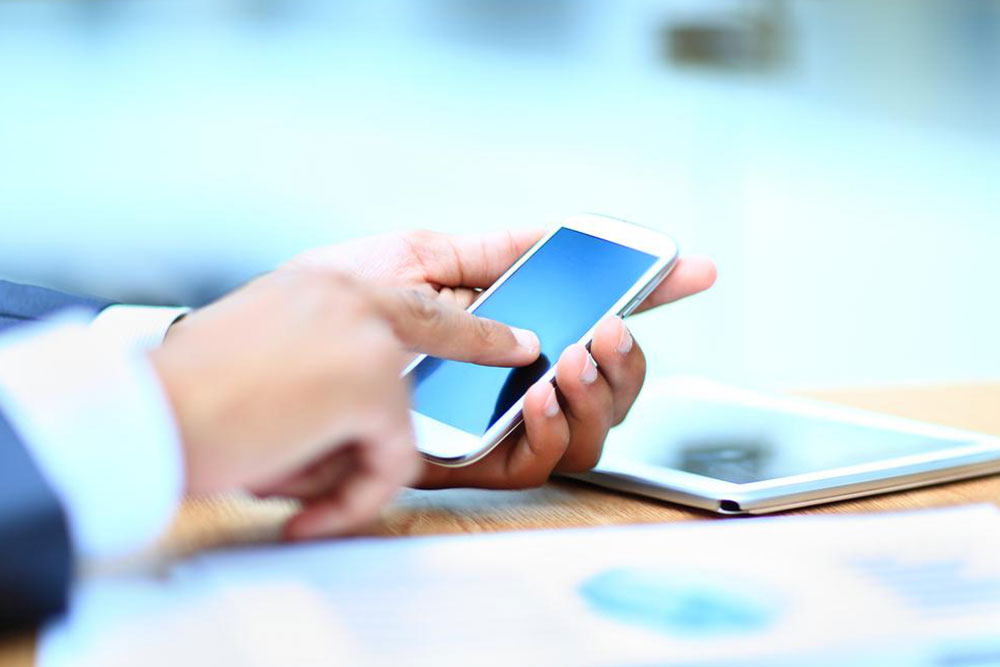Comprehensive Guide to Locating and Securing Your Lost Mobile Device
Losing your mobile device can be stressful, but modern technology provides a suite of tools for quick recovery and security. This comprehensive guide explores various location tracking techniques, including GPS, network triangulation, Wi-Fi positioning, and hybrid systems. It explains how to effectively use these methods via apps like Android Device Manager or Find My iPhone to locate, lock, or erase your device remotely, safeguarding your data while increasing the chances of recovery. Stay prepared with these essential tips to protect your mobile devices from loss or theft.

Comprehensive Guide to Locating and Securing Your Lost Mobile Device
Misplacing your mobile device is an issue many people encounter, often leading to feelings of panic and inconvenience. Whether you’ve lost your phone at home, in the office, or out and about, modern technology offers a variety of effective methods to locate and secure your device. Being aware of these options can help you recover your lost phone safely and swiftly, minimizing potential data breaches or theft.
Mobile device tracking harnesses advanced location services that leverage both GPS technology and network signals to identify the whereabouts of your device. These systems work by analyzing signals from cellular towers, Wi-Fi networks, and satellite navigation to determine whether your device is stationary or in motion. With the rapid advancement of these technologies, finding a lost or stolen mobile phone has become more efficient and accessible than ever before.
Various Tracking Techniques
Network-Based Tracking
Mobile phones communicate with cellular towers wirelessly to facilitate voice calls, messaging, and data transfer. This communication can also be utilized for locating your device. When you enable tracking services, your phone’s approximate location can be estimated based on the signals received from nearby cell towers. This process, known as triangulation, calculates the position by measuring the time delay and signal strength from multiple towers.
The proximity to cellular towers provides a broad area where your phone may be located, but it doesn’t offer pinpoint accuracy. Nonetheless, it remains a valuable tool when more precise methods aren’t accessible.
Handset-Based Tracking
Devices with built-in GPS receivers or those with location services enabled can share their position with a high degree of accuracy. For instance, Android devices can utilize apps like Android Device Manager to pinpoint their location remotely via another device or web browser. These applications use data from satellite signals combined with cellular information for precise location tracking.
SIM Card-Based Location Tracking
This method collects radio measurements derived directly from the SIM card in GSM devices. It proves especially useful in scenarios where the device’s radio transmission capabilities are limited or disabled. Although it offers less precision than GPS, it can still provide valuable location insights.
Wi-Fi Positioning
In areas densely populated with Wi-Fi networks, crowdsourced Wi-Fi positioning can be an effective technique to find your device. By analyzing the detection of nearby Wi-Fi hotspots, your phone’s approximate position can be established, especially in indoor environments or urban settings where cellular signals might be weak.
Hybrid Tracking Systems
Combining multiple sources for location data—such as GPS, Wi-Fi, Bluetooth signals, and cellular network information—creates a hybrid tracking system. This integrated approach significantly enhances accuracy and reliability, making it easier to locate your phone precisely regardless of the environment.
How to Use GPS to Find Your Phone Effectively
Access the device tracking feature via the dedicated app or web platform linked to your device’s operating system, such as Android Device Manager or Find My iPhone.
Log in using the credentials associated with your device, typically a Google account for Android or an Apple ID for iPhones.
Once logged in, the system will portray the last known location of your device on a map, providing a general area to investigate.
Use the available options to:
Ring the device if it’s within audible range, helpful if you suspect it’s nearby but lost in your vicinity.
Lock the device remotely to prevent unauthorized access, protecting sensitive data from potential theft.
Erase all data if you believe the device is permanently lost or stolen, ensuring your personal information remains confidential.
In summary, knowing how to effectively track your lost mobile device using modern tools can save time, reduce stress, and help recover your phone securely. Regularly enabling these tracking features and keeping your software updated can enhance your chances of locating your device promptly in case of loss or theft.





